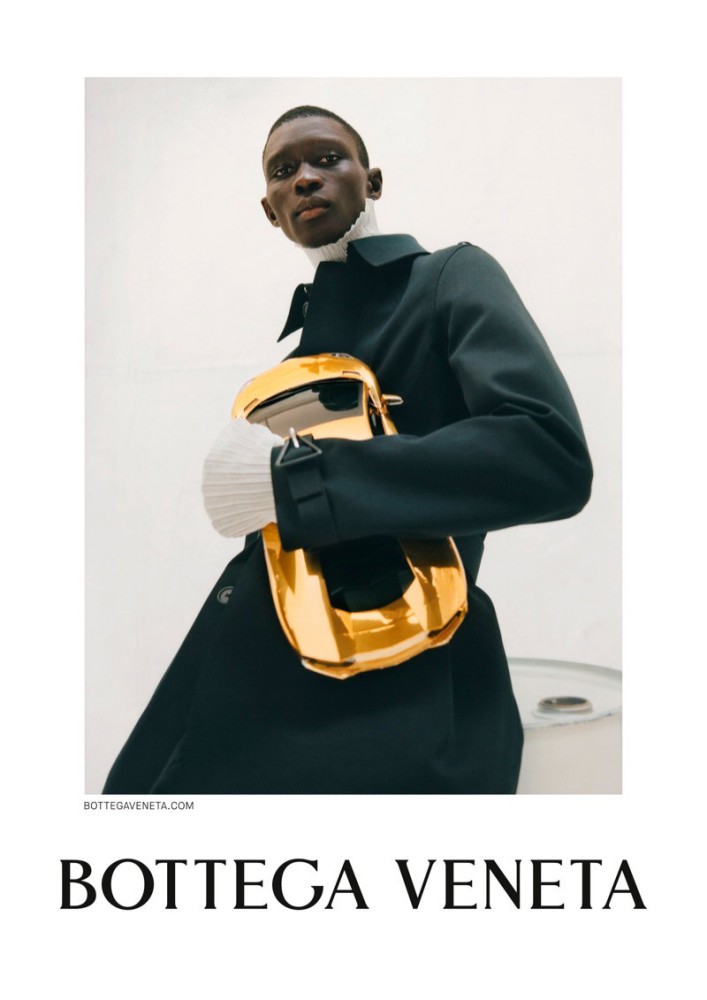Founded in 1966 in Veneto, Italy and acquired by Kering in 2001, Bottega Veneta quickly became famous for its understated elegance, impeccable craftsmanship, and signature intrecciato woven leather design. However, with the rise of 21st-century digital consumerism, Bottega Veneta found itself forgotten, a bygone luxury brand of a different age.
As eponymous brands like Gucci, Louis Vuitton, and Dior completely reimagined their brands’ images to attract the modern consumer, Bottega Veneta stuck to its traditionalist designs and antiquated advertisements, a decision that left the label outmoded and losing ground in a voraciously competitive market dominated by Nicholas Ghesquiere’s vibrant, whimsically artistic designs for Louis Vuitton, Alessandro Michele’s eccentrically indulgent creations for Gucci, and Maria Grazia-Chiuri’s provocative statement pieces for Dior, to name a few.

Finally, in June of 2018, under the direction of then-CEO Claus-Dietrich Lars, British designer Daniel Lee was made Creative Director, a move that has paid dividends for the brand. Since his appointment, Lee has completely reinvented the Italian Maison. Thanks to his time as creative director of Céline, Lee understands the impact of unpretentious luxury, centering his collections around structured, straightforward silhouettes that command attention and introducing a host of new accessories; from the “Arco” tote, to the “Cassette” bag, to the now-infamous “Pouch,” better known as the “it” bag of 2019. In fact, under Lee, Bottega Veneta won Brand of the Year for 2019, an honor usually reserved for Kering favorite, Gucci.


Lee’s innovation has bolstered Bottega’s revenues considerably, attracting both new and lifelong Bottega consumers to the brand’s modern sophistication. Prior to Lee coming onboard, Bottega’s revenues sat at $1.2 billion, nearly 8 times less than the earnings of the Kering group’s heavyweight, Gucci, which topped out at $9.2 billion for the year. Additionally, while Gucci and Saint Laurent collectively increased their revenue for the first half of 2019 by 33%, Bottega Veneta’s revenues fell nearly 4%, according to Kering’s 2018 Financial Report. Now, after Lee’s successful launch of two blockbuster collections, Bottega has emerged as Kering’s rising star, with sales up nearly 11% to around $314 million in the third quarter of 2019, of which leather goods make up nearly 84%. Given the brand’s 2019 performance and the ever-escalating frenzy for Lee’s sought-after designs, the brand’s revenues will likely top $2 billion on the year.
Ultimately, Lee has not only restored, but reinvigorated Bottega Veneta’s place as the epitome of timeless, liveable, luxury, transforming Bottega from an “old” brand with a waning customer base to one whose edgy, yet classic pieces are coveted by everyone from celebrities to college students. And, with a Designer of the Year award under his belt, there’s no telling what he will do next.








